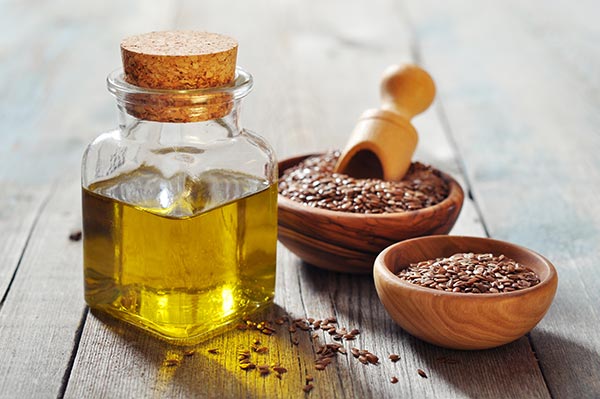Survival medicine: Use wild lettuce as a natural painkiller and sedative when SHTF
02/17/2020 / By Darnel Fernandez

Any prepper worth his salt should have a well-stocked medicine cabinet somewhere in his home or bug-out shelter. However, when SHTF and you’re forced to leave and go to a safer location, you might not have the time or luxury to bring with you all the contents of your medicine cabinet. This is why having knowledge of various medicinal plants that can be found growing out in the wilderness is a vital survival skill. One such natural remedy is the wild lettuce (Lactuca virosa), which can be used to treat a wide variety of common ailments. (h/t to BioPrepper.com)
A potent natural pain killer
Wild lettuce, also known as opium lettuce, is a plant that has seen medicinal use since the time of the ancient Greeks. To this day, wild lettuce is still a popular option for those looking for natural medicine to deal with certain ailments.
This medicinal herb is famous for its potent pain-relieving and sedative properties that rival opium, hence its nickname. When scratched, wild lettuce secretes a milky white substance known as lactucarium. This substance contains the compounds lactucin and lactucopicrin, which are known to act on the central nervous system to produce both pain-relieving and sedative effects. While this herb has been used since ancient times to deal with pain, there is, unfortunately, very little modern evidence that supports the use of wild lettuce in humans.
Below you can find a list of historical uses for this particular herb:
- As a diuretic
- For treating snake and scorpion bites
- As a laxative
- For managing coughs related to asthma, colds and whooping cough
Identifying wild lettuce
If you’re out and about in the wilderness and in dire need for some pain relief, being able to spot and identify wild lettuce can be a huge boon for your survival. This plant is quite widespread throughout the globe, growing in places like the Middle East, Europe, Australia, India and North America.
Wild lettuce blooms from July to September in areas where sunlight is abundant, so make sure to check out sunny meadows and other places that aren’t overly shaded. The plant grows from brown taproot, green stems and has elongated, serrated leaves. Some wild lettuce plants also bloom flowers that look like tiny yellow dandelions.
Growing your own
If you managed to get to a safe location when SHTF and are interested in more natural ways to deal with certain ailments, growing your own medicinal herbs like wild lettuce may be right up your alley. While this plant is related to the kind of lettuce used in salads, the wild version grows a bit differently. These plants can tolerate much warmer weather and will thrive during the summer. However, if you want to plant some wild lettuce indoors, you must allot a fairly large tub because the plant gets quite tall during its lifetime and will need a lot of nutrients to grow. (Related: Learn how to grow these 8 medicinal plants in your indoor garden.)
Here are some other things you must know if you want to grow your own wild lettuce:
- While wild lettuce appreciates constant sunlight, it can tolerate some shade. If you grow them indoors, you can use reptile warming bulbs to provide enough UV light that the plant cannot get through glass and plastic.
- If you are interested in trying out aquaponic or hydroponic growing systems, wild lettuce is a good plant to start out with as they do well in such conditions.
- Due to how tall wild lettuce gets, you might find yourself re-potting it from time to time so it can get all the nutrients it needs. This means you must know how to handle larger plants during transplant processes so you do not damage the roots, stems and leaves.
When it comes to dealing with pain, no natural remedy can come close to the pain-relieving prowess of wild lettuce. NaturalCures.news has everything you need to know about medicinal plants and more.
Sources include:
Tagged Under: bug out, emergency medicine, first aid, foraging, gardening, Gear, herbal medicine, Herbs, natural cures, natural medicine, off grid, opium lettuce, pain relief, painkillers, preparedness, prepping, remedies, SHTF, survival, survival medicine, wild lettuce, wilderness survival




















